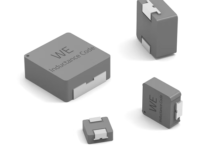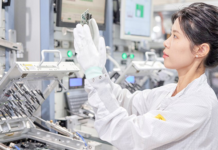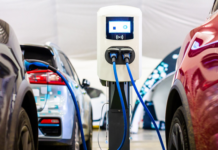
The increasing number of mishappenings in battery-driven vehicles has emerged as a challenge for the industry. Leclanché’s Pierre Blanc, Chief Technology & Industrial Officer (CTIO) helps to find out possible reasons for EVs catching fire and what role BMS play in the safety of such vehicles. He also talks about how Leclanché has lowered the risk of a thermal event by close to 80% with no compromise to cell performance and Lithium-ion batteries’ future. Anil Srivastava, Chief Executive Officer (CEO) shares the Leclanché SA connection with the Indian market.
What could be the possible reasons for EVs catching fire? What are the major roadblocks for EV automakers?
PIERRE BLANC: Apart from the obvious reasons such as an accident with mechanical damage to the battery, the main reasons for an EV battery fire are internal short circuits (resulting from water ingress, for example), lithium deposition on the anode within the cell (result of inappropriate charging) and overcharging the battery (caused by charger defects).
The main challenges for EV automakers are the availability of the materials, particularly the battery cells, and the infrastructure which includes the charging. These challenges will be different from country to country, with China and Europe being well advanced in the implementation of EVs.
Kindly share with our readers the recent breakthrough Leclanché has announced?
PIERRE BLANC: Lithium-ion cells contain several components, including electrolytes containing flammable solvents. A lot of work is being carried out on solid electrolytes to eliminate the presence of solvents, but there are many challenges in getting these to perform on the same levels as liquid electrolytes.
By developing an electrolyte containing fire retardants, and in combination with the company’s proprietary electrode manufacturing process, we have been able to substantially increase the safety of the cell by reducing the risk of fire, while maintaining the performance characteristics. The technology helps bridge the gap between existing and future technologies such as solid-state batteries. This breakthrough is particularly important for battery systems operating in harsh climate conditions such as India.
What is the top-most priority/ factor while designing the BMS architecture? Does BMS architecture vary from region to region (From cold climate to extremely high temperatures)?
PIERRE BLANC: BMS design and architecture are mainly driven by the applications and the design features required for each specific application area. The features that vary include the need or not for a functional safe; the level of function safety required; and the precision and methods used for calculating the state of health, power, charging and more.
The algorithms and functional/safety limits will also be dependent on the environmental conditions. However, this is more about parameters than design features.
Apart from lithium-ion batteries, what other battery chemistries (lithium iron phosphate) automakers are working on and what future do you see for lithium-ion batteries?
PIERRE BLANC: Lithium-ion batteries are a family of chemistries using lithium ion as a principle of charge transfer. Lithium iron phosphate (LFP) is a type of cathode material used in lithium-ion cells. Other cathode materials include NMC, LCO, LMO … A cell is made of four main components: anode, cathode, separator and electrolyte. LFP is a cathode which is used typically with a graphite anode. Other anode materials used include natural graphite, artificial graphite, Lithium titanate oxide (LTO) and silicon composites.
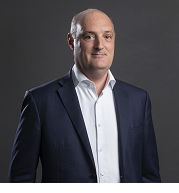
New cathode materials are coming, which will help increase the energy density, as well as new anode materials. These materials are all still in the family of lithium ion. Some new technologies are being developed such a sodium ion and aluminium ion, which work on similar principle but replace lithium with more available elements.
What will be the impact of Hydrogen fuel cells on the Battery market?
PIERRE BLANC: Fuels cells act more as generators and are not direct replacements for batteries. The nature of fuel cells makes them less suitable for power variations. The cells are usually used to provide baseline power while batteries are used to manage power fluctuations. Batteries used in combination with fuel cells tend to be configured for power applications – with higher power density – rather than for energy applications such as EVs.
What features automakers should look for while selecting BMS for their vehicle? Kindly share the striking features of your BMS?
PIERRE BLANC: Because the BMS is tightly integrated into the vehicle systems, automakers generally make their own packs, and include their own BMS. The functionalities are based on their specific requirements and can vary from one manufacturer to another. However, it’s the common case for automotive manufacturers to require function safe systems.
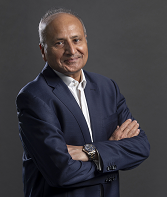
Would you like to comment on how far the connection between Exide Industries Ltd, and Leclanché SA has reached in terms of Indian market?
ANIL SRIVASTAVA: The joint venture company, Nexcharge, is well advanced with manufacturing plant and a strong pipeline of customers.



